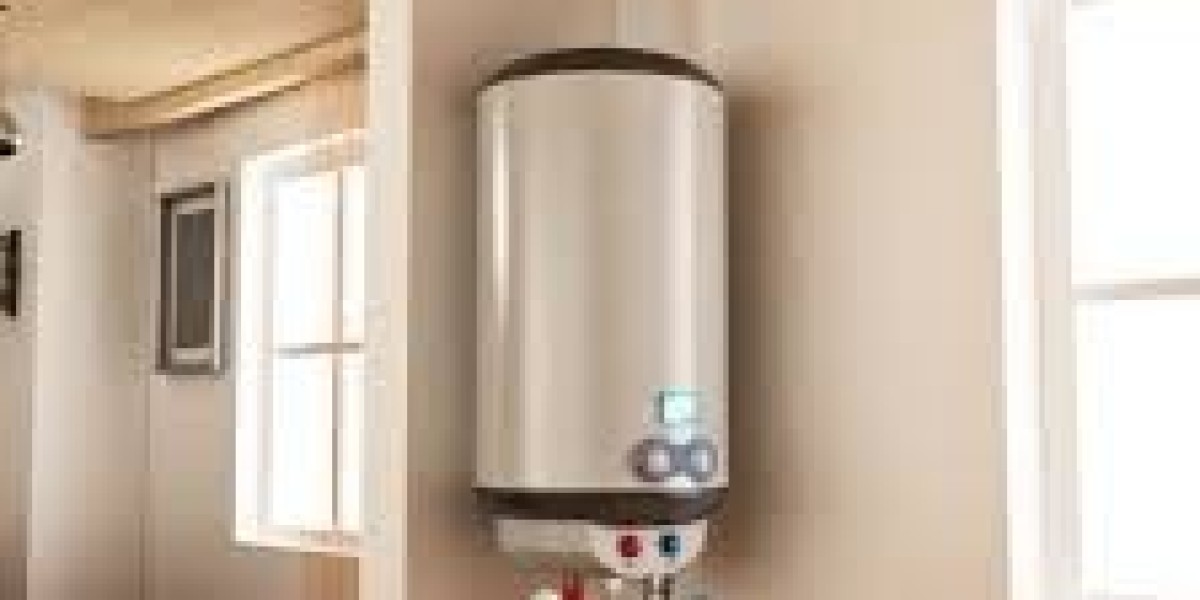The Emerald hot water system is a popular choice for residential and commercial applications due to its efficiency, reliability, and ease of use. Understanding the electrical requirements for this system is crucial for proper installation, safe operation, and optimal performance. Below, we will explore the various aspects of these electrical requirements, including power supply specifications, wiring considerations, circuit protection, and installation guidelines.
Power Supply Specifications
Voltage and Frequency
Emerald hot water systems typically require a stable power supply. The voltage requirements can vary depending on the specific model, but most residential units operate on standard single-phase 240V AC power. In some commercial applications or for larger systems, three-phase power (often 415V) may be required. It is important to verify the voltage requirements in the manufacturer's manual for the specific model being installed.
The frequency of the power supply is generally 50 Hz or 60 Hz, depending on the region. In North America, the standard frequency is 60 Hz, while in many other parts of the world, it is 50 Hz. Ensuring the system is compatible with the local frequency is crucial to avoid potential damage or malfunction.
Amperage
The amperage requirement depends on the power rating of the hot water system. Residential units typically range from 15 to 30 amps, while larger commercial systems may require higher amperage. For instance, a unit with a power rating of 4.8 kW at 240V would require 20 amps (4800W / 240V = 20A). It is important to consult the product specifications to determine the exact amperage needed.
Wiring Considerations
Conductor Size
The size of the electrical conductors (wires) used in the installation must be appropriate for the current that will flow through them. The American Wire Gauge (AWG) system is commonly used to specify wire sizes. For instance, a 20-amp circuit typically requires 12 AWG wire, while a 30-amp circuit would need 10 AWG wire. Using the correct wire size is essential to prevent overheating and ensure safety.
Type of Wire
The type of wire used should be suitable for the installation environment. For indoor installations, non-metallic sheathed cable (NM cable), also known as Romex, is commonly used. For outdoor or exposed installations, conduit wiring with THHN (Thermoplastic High Heat-resistant Nylon-coated) or similar conductors is recommended to provide additional protection.
Grounding
Proper grounding of the hot water system is essential for safety. The system should be connected to the building’s grounding system, which typically includes a ground rod or other grounding electrodes. Grounding ensures that any fault currents are safely directed to the earth, reducing the risk of electric shock.
Circuit Protection
Circuit Breaker
The circuit breaker protecting the hot water system must be appropriately rated for the system’s current draw. For example, a system requiring 20 amps should be connected to a 20-amp circuit breaker. This breaker will disconnect the power supply in the event of an overload or short circuit, preventing damage to the system and reducing fire risk.
Residual Current Device (RCD)
Also known as a Ground Fault Circuit Interrupter (GFCI) in some regions, an RCD is a safety device that shuts off the electric power if it detects an imbalance between the live and neutral conductors. This can occur if there is a leakage current, such as when a person accidentally touches a live part. Installing an RCD is highly recommended, especially in wet areas, to enhance user safety.
Installation Guidelines
Location and Environment
The installation location of the Emerald hot water system must be carefully chosen to ensure compliance with electrical codes and manufacturer guidelines. It should be placed in a dry, well-ventilated area, away from combustible materials. Adequate clearance should be provided around the unit for maintenance and ventilation purposes.
Professional Installation
Due to the complexities and safety considerations involved, it is highly recommended that a licensed electrician perform the installation. Professional installation ensures that all electrical connections are secure and comply with local codes and standards, reducing the risk of electrical hazards.
Compliance with Codes and Standards
Electrical installations must comply with national and local electrical codes. In the United States, the National Electrical Code (NEC) provides guidelines for safe electrical installations. In other countries, similar standards exist, such as the International Electrotechnical Commission (IEC) standards. Ensuring compliance with these codes is crucial for both safety and legal reasons.
Additional Considerations
Energy Efficiency
Emerald hot water systems are designed to be energy-efficient. However, ensuring that the electrical supply is stable and meets the system's requirements can further enhance efficiency. This includes avoiding voltage drops, which can occur if the conductors are too long or undersized.
Maintenance
Regular maintenance of the hot water system, including its electrical components, is essential for long-term reliability and performance. This includes inspecting connections for signs of wear or corrosion and testing safety devices like circuit breakers and RCDs periodically.
Conclusion
The electrical requirements for an Emerald hot water system are integral to its safe and efficient operation. Key aspects include ensuring the correct voltage and frequency, proper amperage, suitable wire size and type, effective grounding, and adequate circuit protection. Installation should always be performed by a qualified electrician in accordance with relevant codes and standards. By adhering to these requirements, users can ensure their Emerald hot water system operates reliably and safely, providing consistent hot water supply for years to come.






